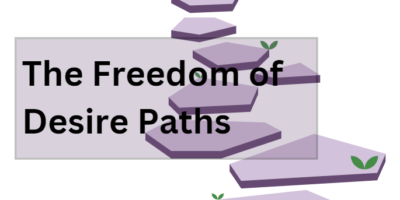The medical benefits of salicylic acid have been known long before it was ever referred to by that name— willow bark, meadowsweet, and myrtle were used as early as 400 BC in Egypt to reduce fevers, and later further used for the reduction of pain, fevers, and inflammation.
By the in the 1700-1800’s, the developing organic chemistry field became better at isolating salicylic acid. In 1763, Edward Stone, an English chaplain, noted that both the willow tree and the the Peruvian cinchona tree shared a similar bitter flavour, and suggested that they both might possess similar therapeutic qualities. By drying the bark of both trees, he was able to isolate the two ingredients we have come to know today as quinine and salicin— both known for their bitter flavour. This then popularizing the use of willow bark as a less effective, but inexpensive alternative to the cinchona tree’s bark.
By 1828, German pharmacologist Joseph Buchner was capable of extracting nearly pure crystals of salicin from willow bark. But it wasn’t until 1838 that Raffaele Piria, an Italian chemist, discovered an extraction method that obtained an even more potent form of salicin— salicylic acid.
Salicylic acid came with its own share of side-effects, however. It was particularly known for its irritation of the gastrointestinal tract, due to its rather corrosive nature, and was for a time ignored in favour of other developing analgesic drugs. It wasn’t until 1853 that Charles Frederic Gerhardt first synthesized a crude form of acetylsalicylic acid (ASA) by reacting acetyl chloride and sodium salicylate together during his study of acid anhydrides— although he simply named it “salicylic-acetic anhydride” and did not pursue any further research with the chemical.
However, controversy arose when it came to Bayer industries accreditation of the synthesis of the chemically pure form of ASA in the late 1800’s. Bayer credited it to Felix Hoffman in the year 1897, but in later years this was objected to by Jewish Arthur Eichengrün, who claimed to be lead investigator whose contributions were neglected by Nazi influence. Presently, Bayer’s position stands that Eichengrün and Hoffman were ‘equals’ on the project, and Hoffman remains named as inventor on the US Patent for the drug. As Eichgrün left Bayer in the year 1908, and never attempted to claim rights until the year 1949, he unfortunately never received any percentage of profit from the sale of aspirin.
The drug name “aspirin” is derived from the botanical name of meadowsweet, spiraea ulmaria, a known source of salicin; the “a-” denotes the acetylation of the acid, and ‘-spir-’ from spiraea, ending with a typical ‘-in’ to make the drug easier to pronounce.
Aspirin itself works in multiple different ways within the body in order to cause its known analgesic (pain-relieving), antipyretic (fever-reducing), anti-coagulant, and anti-inflammatory properties. It’s primary mechanism involves the irreversible inhibition of both forms of the cyclooxygenase isozymes present in our body: COX-1 and COX-2.
These two isozymes are known producers of prostaglandins (hormone-like, pro-inflammatory lipids) and thromboxanes (lipids known for their role in blood clotting). In addition to their mentioned inflammatory effects, prostaglandins are also responsible for the transmission of pain signals to the brain; thus, the inhibition of their production is also associated with pain reduction. However, Aspirin is most famous for its affect on platelets, reducing the formation of thromboxane A2, thus making it useful in reducing the likelihood of heart attacks when taken in low doses over a long time. As an added effect, aspirin-modified COX-2 isozymes are known to produce lipoxins in place of prostaglandins, which are primarily known as anti-inflammatory chemicals.
The irreversible mechanism for the inhibition with the COX isozymes is what makes aspirin different from other non-steroidal anti-inflammatory drugs (NSAID)— aspirin’s acetyl group becomes covalently bonded with the COX isozymes serine groups within the active site, thus preventing the inhibition from being reversed.
While in the present day, other NSAIDs such as acetaminophen and ibuprofen have reduced aspirin’s relative monopoly as an analgesic, aspirin still remains strong to this day for its role in preventing heart-related events, such as cardiac arrests or stroke.




Leave a Reply